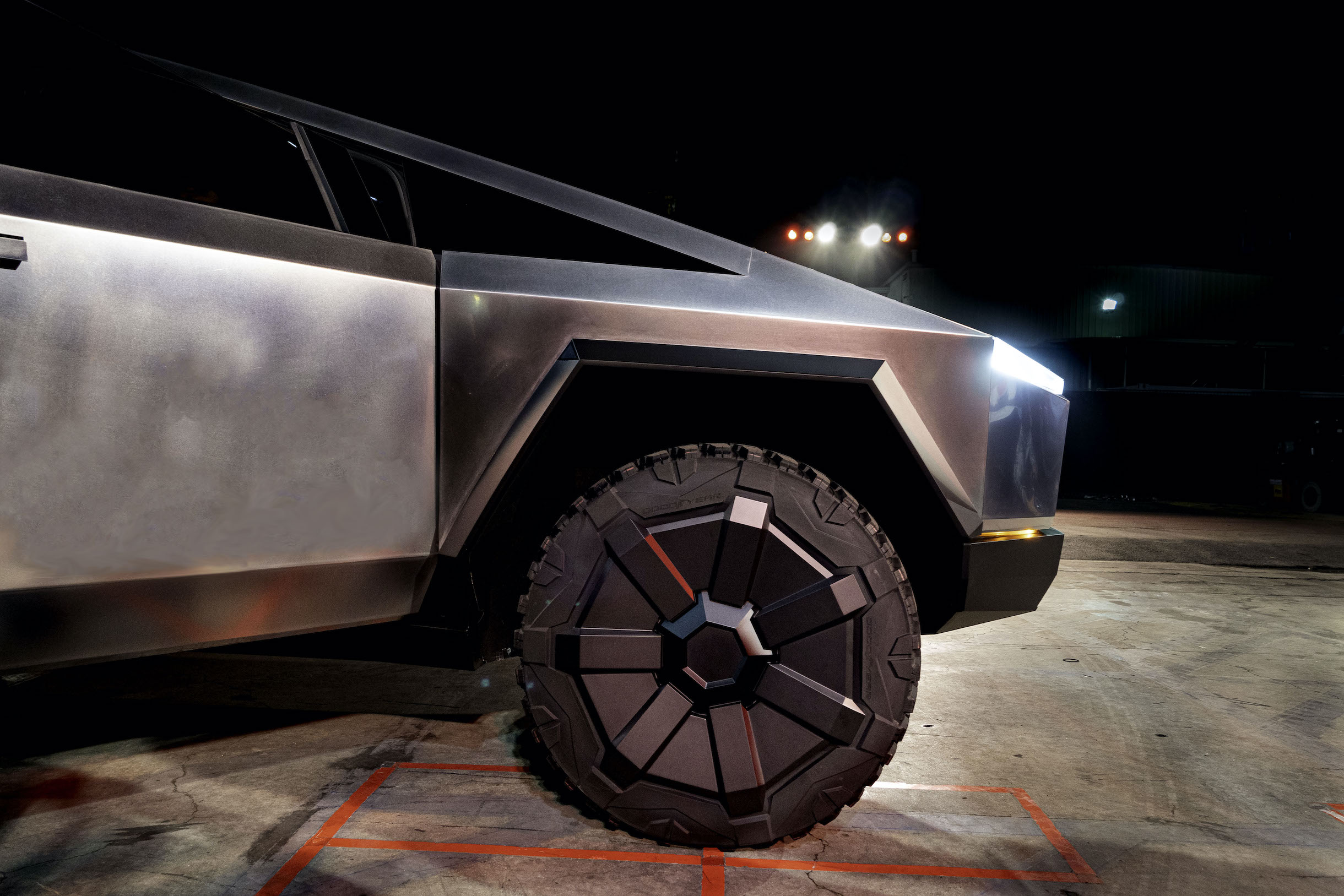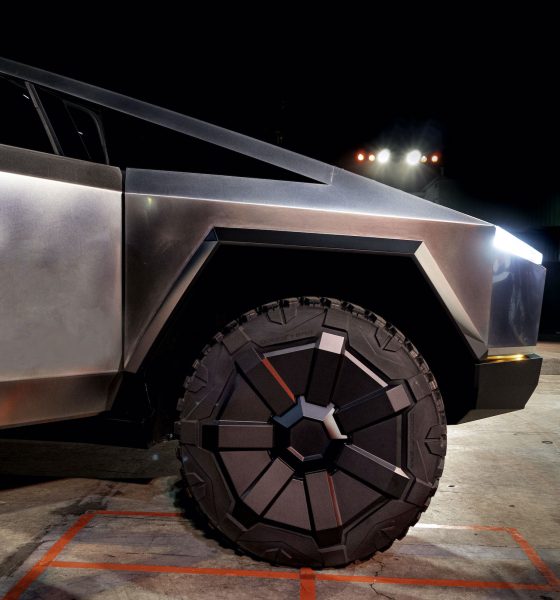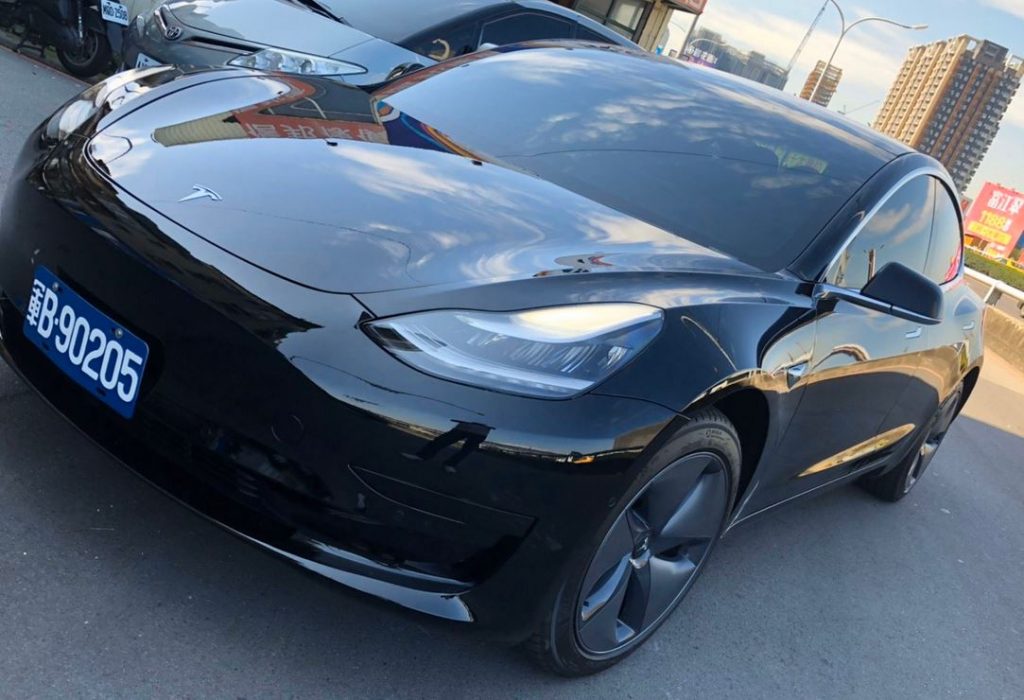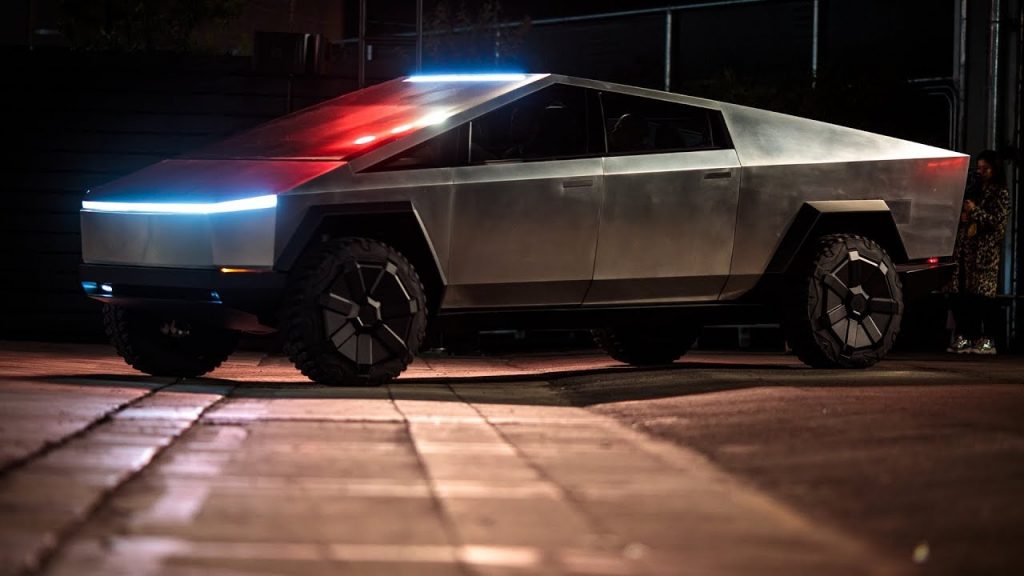

News
Tesla and other EVs are a good fit for the US Army's next-gen brigades: 3-Star General
The transition of the automotive sector to sustainable solutions will not only affect the mainstream transportation industry. As the adoption of electric cars like Teslas continue, branches of the US government such as the US Army would need to embrace electrification as well. This is something that was recently discussed by 3-Star General Eric Wesley, the director of the US Army’s Futures and Concepts Center.
In an interview with Defense News, Wesley explained why it is pertinent for the military to explore sustainable solutions for its future fleets. The Lt. Gen. also discussed some of the inherent advantages of electric vehicles compared to machines powered by the internal combustion engine. When talking about the current state of the US Army’s sustainable transition, though, Wesley admitted that things are running behind.
“Let’s be clear. We’re behind. We’re late to meet on this thing. If you look at all of the analysis, all of the various nations that we work with, they’re all going to electric power with their automotive fleet, and right now, although we do (science and technology), and we’ve got some research and development going on, and we can build prototypes, in terms of a transition plan, we are not there,” he said.

Wesley and his team are currently preparing a proposal for the head of Army Futures Command that addresses the topic of the US military’s efforts at electrifying its fleet. The 3-Star General noted that there are several key reasons why such an endeavor is needed. One of these is the fact that it is now undeniable that the entire automotive industry is going electric. The Army must do the same, or risk having its vehicles compromised by a potential lack of parts from the supply chain.
Operating electric brigades presents a variety of advantages that are simply not possible with petrol-powered machines. Electric vehicles, for example, are very quiet, and they generally have low heat signatures. This makes them more difficult to detect compared to internal-combustion vehicles. But these are just the tip of the iceberg.
Wesley added that electric brigades have a significant advantage in the way that they can remain deployed for extended periods for time. Since EVs can be charged from renewable sources such as the sun, they could operate independently in potentially contested environments. “We have to operate distributed, which means you have to have organic power that is readily available… Electrification allows you to have access to readily available power to distribute not only for the vehicle but for all those different systems that I have,” the Lt. Gen. said.

Lastly, electrified army vehicles have far less parts than regular petrol-powered machines. Tesla’s electric motors only have a few dozen moving parts, for example, while a regular internal combustion engine has thousands of moving parts. Key components such as batteries are usually modular as well, which means that replacing compromised sections could be accomplished fairly easily. Several electric vehicles today share a lot of the same parts as well, fostering commonality.
Electric vehicles have grown and evolved to the point where some EVs today are objectively better than their internal combustion counterparts, period. Battery costs are also dropping, with companies like Tesla reportedly approaching the $100 per kWh milestone. Vehicles such as the Tesla Cybertruck, which could be perfect for the Army due to its durable exoskeleton and over 500-mile range, suggests that more electric innovations are in active development as well.
Ultimately, Wesley admitted that the US Army’s transition to electric vehicles would come with a substantial price tag. That being said, he estimates that the cost to power an all-electric brigade will be lower than the cost to power the military’s existing internal combustion vehicles.

News
Tesla FSD fleet is nearing 7 billion total miles, including 2.5 billion city miles
As can be seen on Tesla’s official FSD webpage, vehicles equipped with the system have now navigated over 6.99 billion miles.

Tesla’s Full Self-Driving (Supervised) fleet is closing in on almost 7 billion total miles driven, as per data posted by the company on its official FSD webpage.
These figures hint at the massive scale of data fueling Tesla’s rapid FSD improvements, which have been quite notable as of late.
FSD mileage milestones
As can be seen on Tesla’s official FSD webpage, vehicles equipped with the system have now navigated over 6.99 billion miles. Tesla owner and avid FSD tester Whole Mars Catalog also shared a screenshot indicating that from the nearly 7 billion miles traveled by the FSD fleet, more than 2.5 billion miles were driven inside cities.
City miles are particularly valuable for complex urban scenarios like unprotected turns, pedestrian interactions, and traffic lights. This is also the difference-maker for FSD, as only complex solutions, such as Waymo’s self-driving taxis, operate similarly on inner-city streets. And even then, incidents such as the San Francisco blackouts have proven challenging for sensor-rich vehicles like Waymos.
Tesla’s data edge
Tesla has a number of advantages in the autonomous vehicle sector, one of which is the size of its fleet and the number of vehicles training FSD on real-world roads. Tesla’s nearly 7 billion FSD miles then allow the company to roll out updates that make its vehicles behave like they are being driven by experienced drivers, even if they are operating on their own.
So notable are Tesla’s improvements to FSD that NVIDIA Director of Robotics Jim Fan, after experiencing FSD v14, noted that the system is the first AI that passes what he described as a “Physical Turing Test.”
“Despite knowing exactly how robot learning works, I still find it magical watching the steering wheel turn by itself. First it feels surreal, next it becomes routine. Then, like the smartphone, taking it away actively hurts. This is how humanity gets rewired and glued to god-like technologies,” Fan wrote in a post on X.
News
Tesla starts showing how FSD will change lives in Europe
Local officials tested the system on narrow country roads and were impressed by FSD’s smooth, human-like driving, with some calling the service a game-changer for everyday life in areas that are far from urban centers.

Tesla has launched Europe’s first public shuttle service using Full Self-Driving (Supervised) in the rural Eifelkreis Bitburg-Prüm region of Germany, demonstrating how the technology can restore independence and mobility for people who struggle with limited transport options.
Local officials tested the system on narrow country roads and were impressed by FSD’s smooth, human-like driving, with some calling the service a game-changer for everyday life in areas that are far from urban centers.
Officials see real impact on rural residents
Arzfeld Mayor Johannes Kuhl and District Administrator Andreas Kruppert personally tested the Tesla shuttle service. This allowed them to see just how well FSD navigated winding lanes and rural roads confidently. Kruppert said, “Autonomous driving sounds like science fiction to many, but we simply see here that it works totally well in rural regions too.” Kuhl, for his part, also noted that FSD “feels like a very experienced driver.”
The pilot complements the area’s “Citizen Bus” program, which provides on-demand rides for elderly residents who can no longer drive themselves. Tesla Europe shared a video of a demonstration of the service, highlighting how FSD gives people their freedom back, even in places where public transport is not as prevalent.
What the Ministry for Economic Affairs and Transport says
Rhineland-Palatinate’s Minister Daniela Schmitt supported the project, praising the collaboration that made this “first of its kind in Europe” possible. As per the ministry, the rural rollout for the service shows FSD’s potential beyond major cities, and it delivers tangible benefits like grocery runs, doctor visits, and social connections for isolated residents.
“Reliable and flexible mobility is especially vital in rural areas. With the launch of a shuttle service using self-driving vehicles (FSD supervised) by Tesla in the Eifelkreis Bitburg-Prüm, an innovative pilot project is now getting underway that complements local community bus services. It is the first project of its kind in Europe.
“The result is a real gain for rural mobility: greater accessibility, more flexibility and tangible benefits for everyday life. A strong signal for innovation, cooperation and future-oriented mobility beyond urban centers,” the ministry wrote in a LinkedIn post.
News
Tesla China quietly posts Robotaxi-related job listing
Tesla China is currently seeking a Low Voltage Electrical Engineer to work on circuit board design for the company’s autonomous vehicles.

Tesla has posted a new job listing in Shanghai explicitly tied to its Robotaxi program, fueling speculation that the company is preparing to launch its dedicated autonomous ride-hailing service in China.
As noted in the listing, Tesla China is currently seeking a Low Voltage Electrical Engineer to work on circuit board design for the company’s autonomous vehicles.
Robotaxi-specific role
The listing, which was shared on social media platform X by industry watcher @tslaming, suggested that Tesla China is looking to fill the role urgently. The job listing itself specifically mentions that the person hired for the role will be working on the Low Voltage Hardware team, which would design the circuit boards that would serve as the nervous system of the Robotaxi.
Key tasks for the role, as indicated in the job listing, include collaboration with PCB layout, firmware, mechanical, program management, and validation teams, among other responsibilities. The role is based in Shanghai.
China Robotaxi launch
China represents a massive potential market for robotaxis, with its dense urban centers and supportive policies in select cities. Tesla has limited permission to roll out FSD in the country, though despite this, its vehicles have been hailed as among the best in the market when it comes to autonomous features. So far, at least, it appears that China supports Tesla’s FSD and Robotaxi rollout.
This was hinted at in November, when Tesla brought the Cybercab to the 8th China International Import Expo (CIIE) in Shanghai, marking the first time that the autonomous two-seater was brought to the Asia-Pacific region. The vehicle, despite not having a release date in China, received a significant amount of interest among the event’s attendees.








